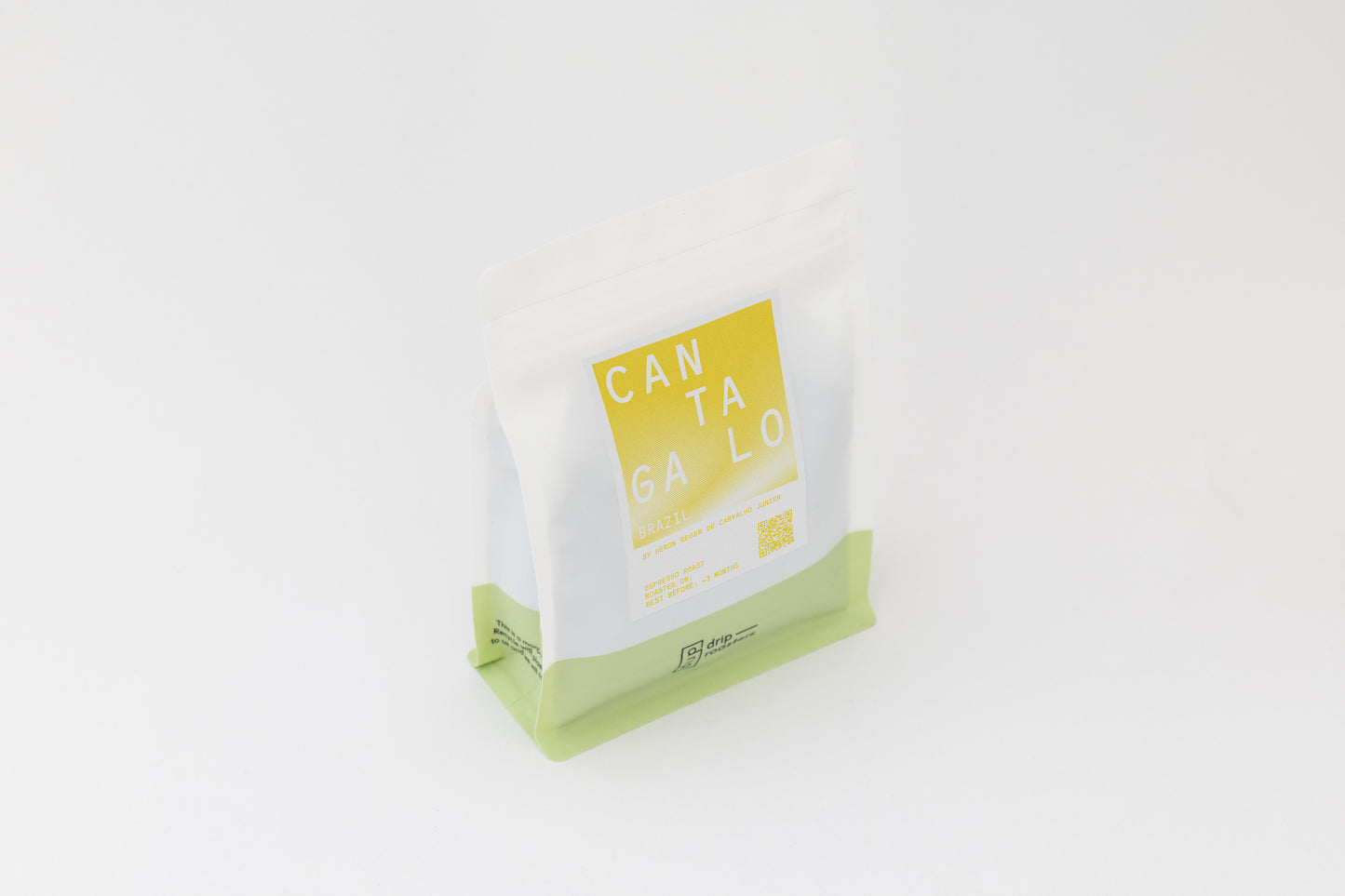Though there are many smaller farms in Brazil as well, the country is home to some of the world’s biggest coffee (and other) farms. Though we may not buy from the true mega farms, the ones we have been working with over the last couple of years are definitely bigger in size than the average coffee farm we buy from in other producing countries.
Coffee is often harvested by machines in Brazil. While this may sound less romantic than hand-picking, there is no reason to avoid mechanically harvested coffees at all. When the machines are used properly, these coffees can taste just as good as hand-picked coffees. When we visited Fazenda do Salto, farmer Otávio showed us the harvesting machines and explained to us how they work in detail. He also elaborated on how they have to check and adjust the harvesters’ settings every day to make sure the coffee plants do not suffer from the process.
While a human coffee picker can distinguish between ripe, almost ripe and overripe coffees cherries, mechanical harvesters are not able to do so in detail. Therefore, sorting the coffee afterwards is crucial. In Brazil’s mechanized coffee industry, this step as well is done by machines to a large extent. So are drying the coffee after processing with mechanical dryers or transporting the coffee from one machine to the next, for example for milling it after drying.
On Brazil’s large-scale farms, a higher degree of automation is required to manage production efficiently. But let’s be honest: Picking coffee by hand is some of the most taxing and strenuous labor there is in the coffee industry (and beyond). It comes as no surprise that in many coffee growing regions, farmers find it more and more difficult to find seasonal workers for this job. We believe it’s a good thing, if jobs which understandably less and less people want to do can be partly replaced by machines.
Another noteworthy peculiarity of Brazil as a producing country is the Forest Code. Brazilian environmental law requires farms to set aside a certain percentage of their farm area as Legal Reserves with the goal of creating sustainable use of resources and restoration of native vegetation and biodiversity. This land, which may often comprise 20% of a farm, cannot be used to grow any crops on. The percentage required is defined by the biome in which the farm is located, e.g. coffee farms close to the Amazon have to reserve much more of their land for conservation. While this regulation won’t reverse climate change, we believe there is need for more laws enforcing the protection of the environment, forcing big corporations to do their part. We are happy to work with coffee producers who put aside much more of their land as conservational reserves than they have to according to the law.


















